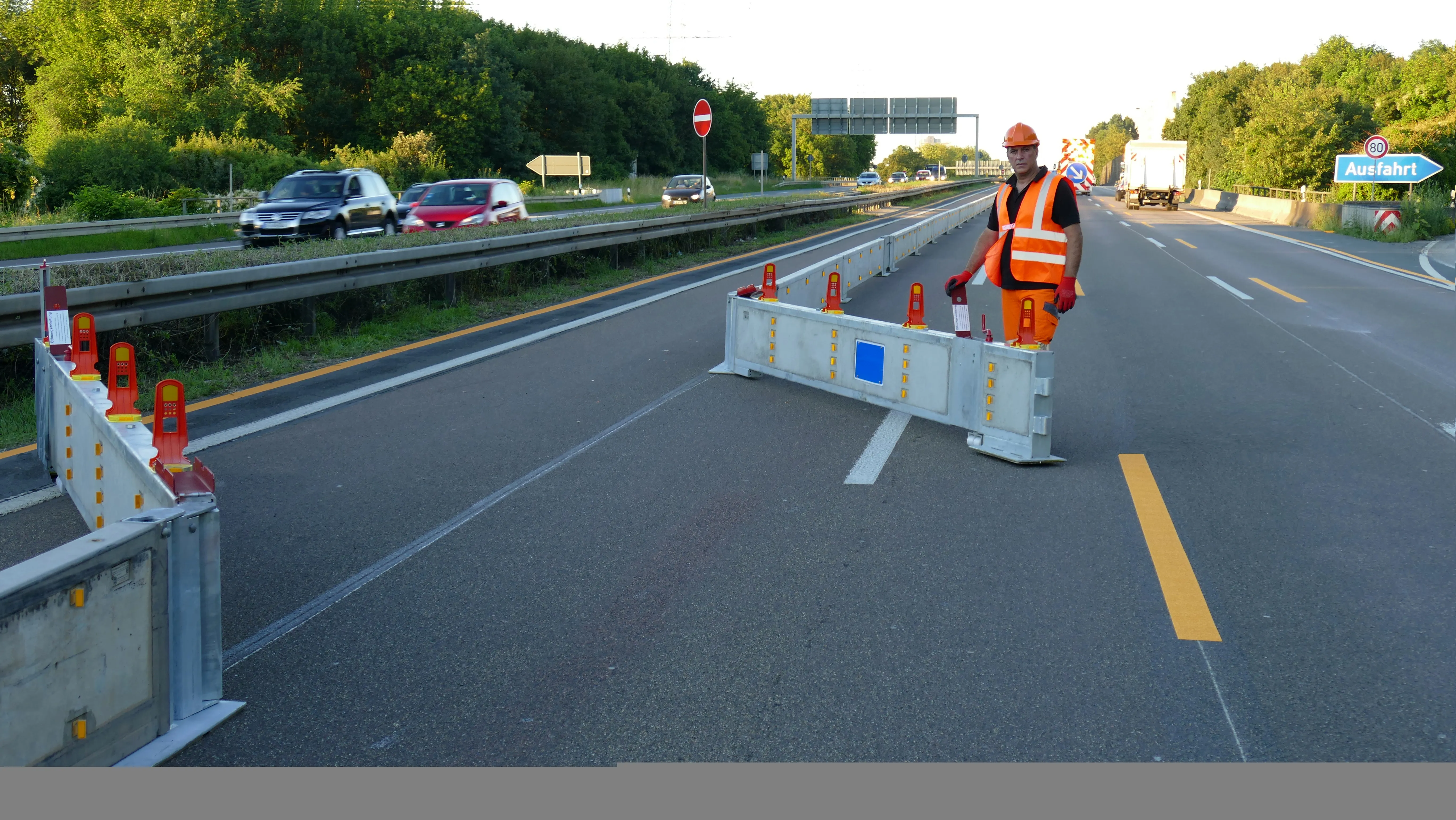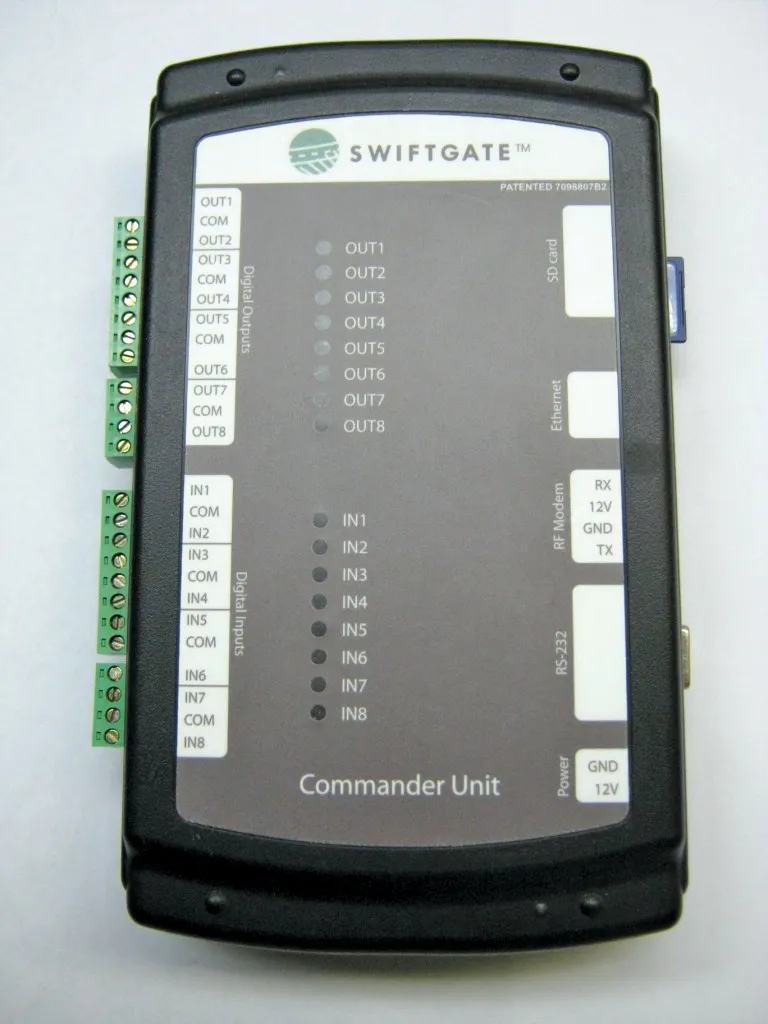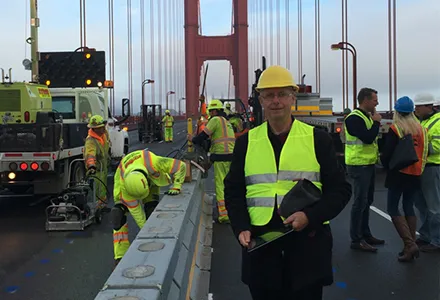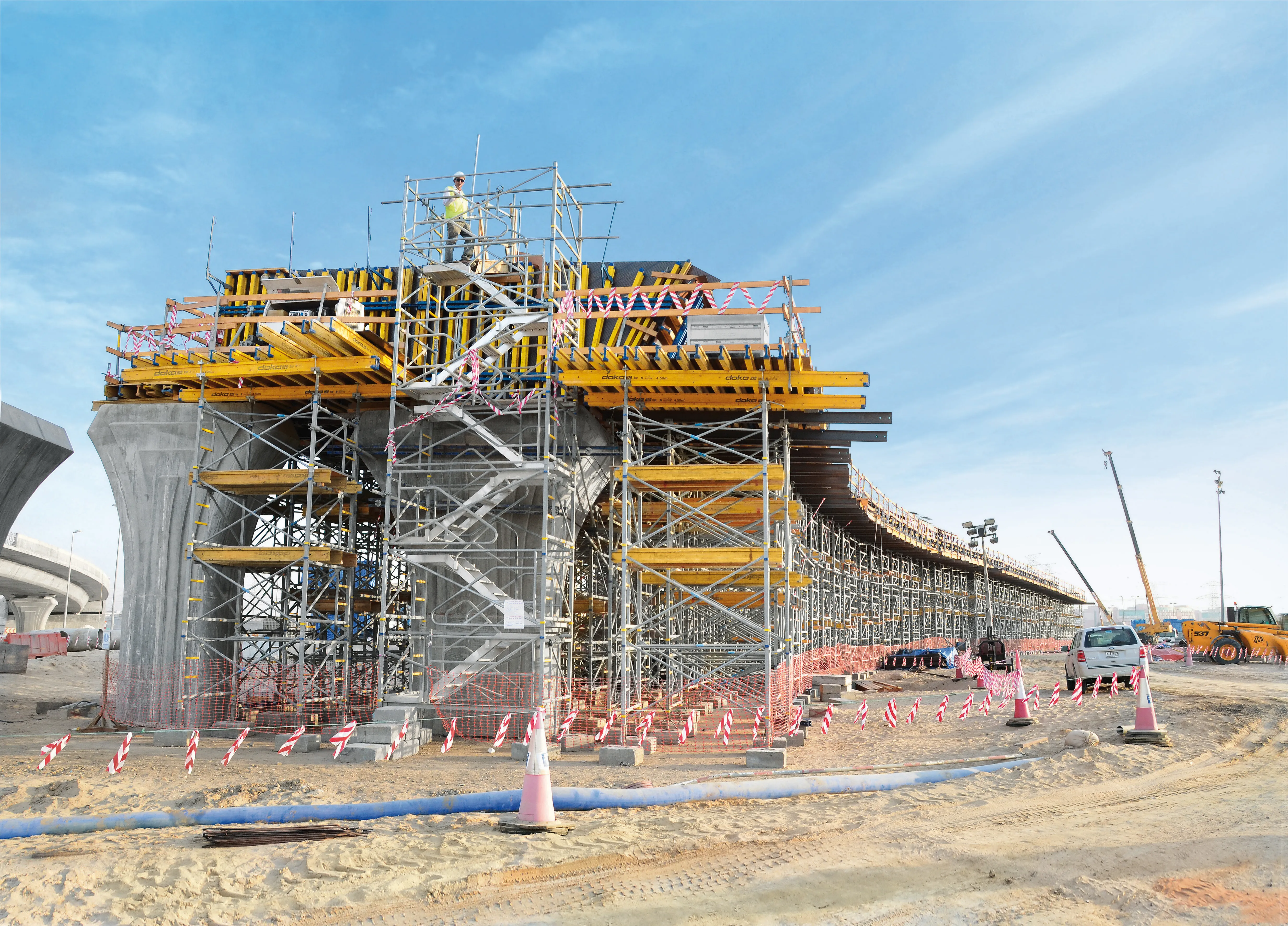
To keep vehicles moving at roadworks, it may be necessary to take the traffic through a lane onto the oncoming carriageway because the actual directional carriageway is being resurfaced. To separate the contraflow traffic, the individual crash barrier elements are connected by force-fit transitions and, depending on the requirements and extent of the roadworks, they will often stretch over several kilometres.
But in an emergency, it is frequently necessary to provide rapid access to the scene of an accident for the fire brigade, emergency services and police particularly in such special traffic flow areas. This is to provide effective help and assistance even in the confined roadworks situation.
The ProTec-Tor 120 - rapid access for emergency services allows for the mobile crash barrier to be opened quickly and easily without needing any tools.
Striking visual signs and a different pattern for the side reflectors make the ProTec-Tor clearly visible for the emergency services. The rapid access point can also be marked with a number or mileage indication.
Brief instructions on the element explain how to loosen the force-fit transition by hand in five easy steps so that the mobile crash barrier opens up easily like two large wing gates, with crank support.
The wing gates run on extendable rollers with a hinged opening of up to 180° in either direction. The hinge system even permits space-saving positioning of the opened ProTec-Tor elements parallel to the line of crash barriers.
In just a few seconds, this creates a large rapid access point for emergency services in the mobile crash barrier, without needing any tools.









